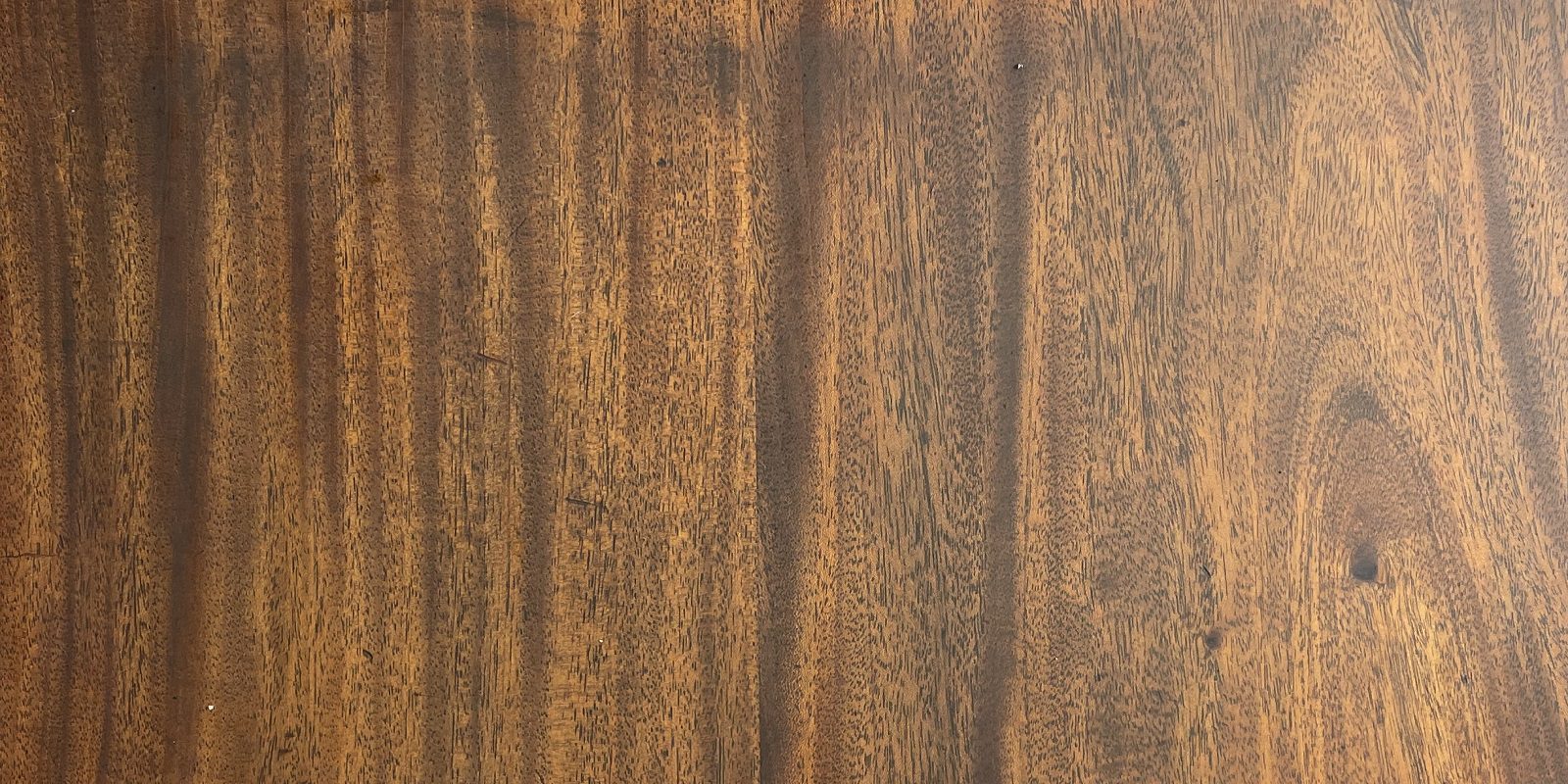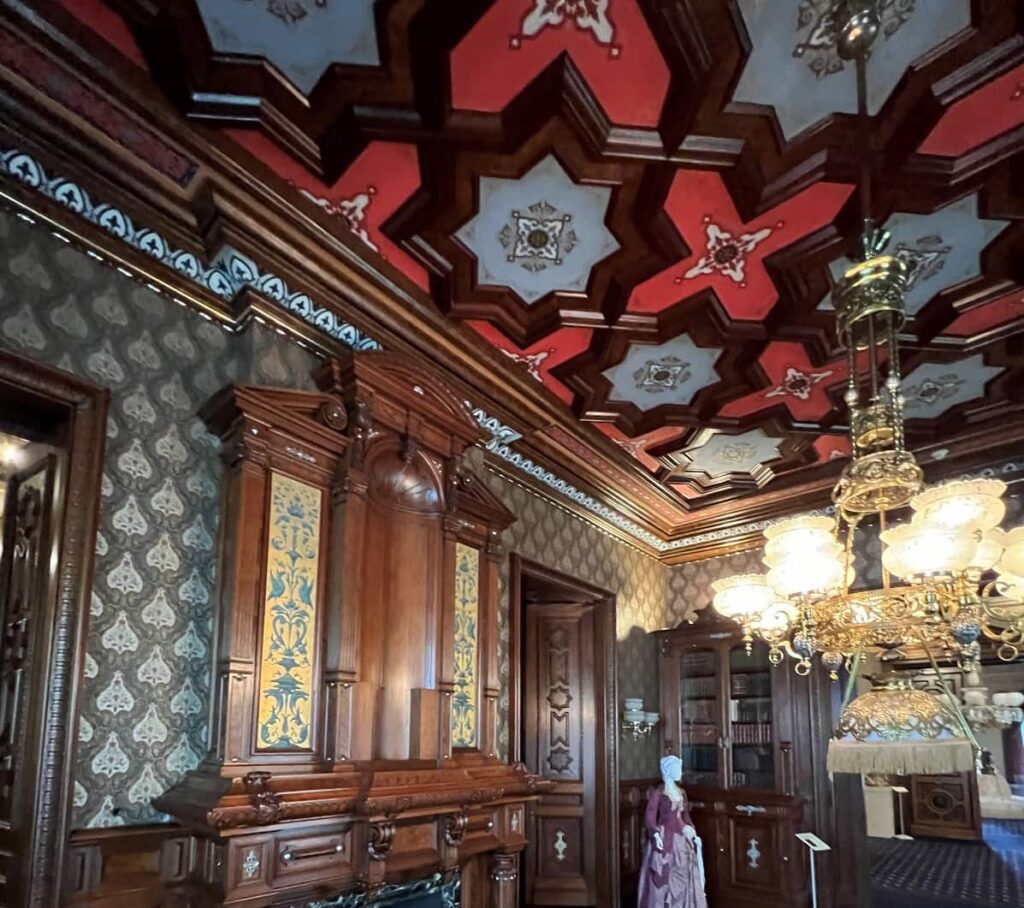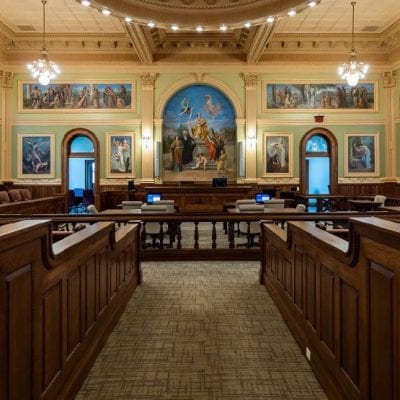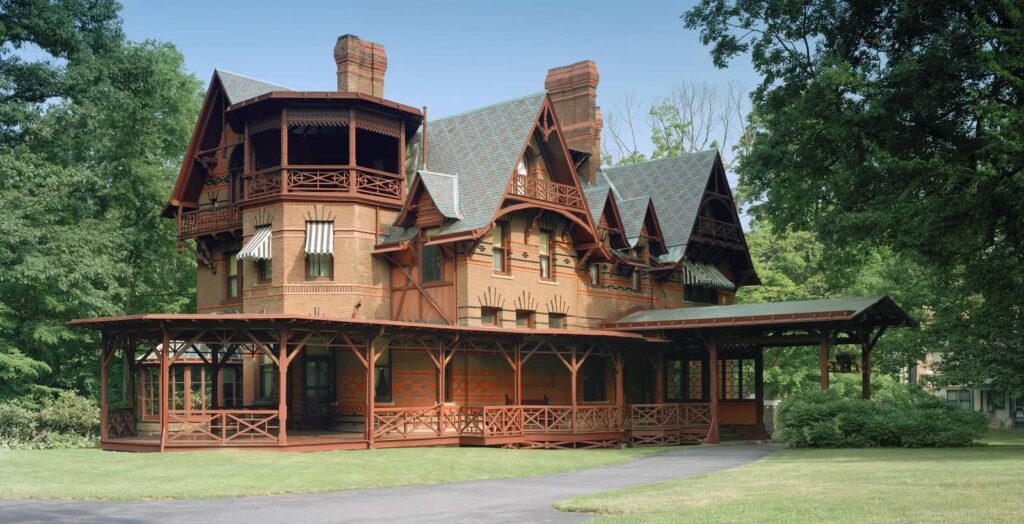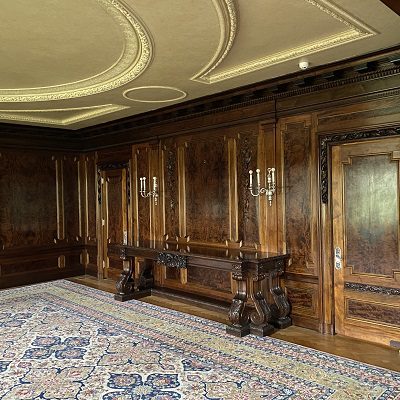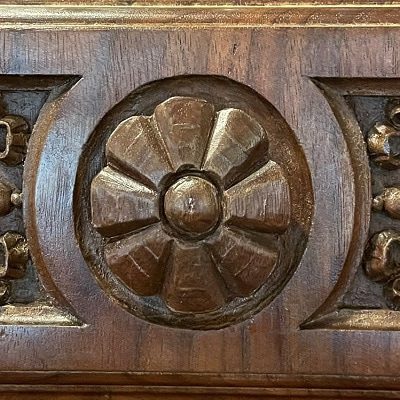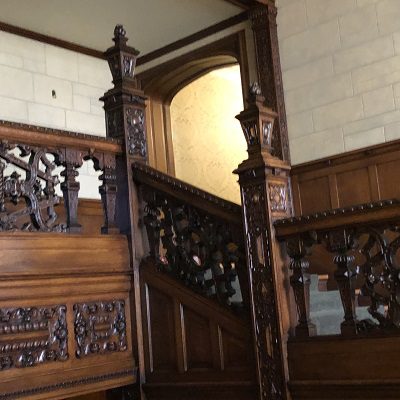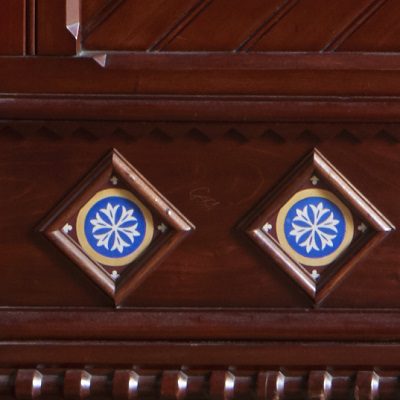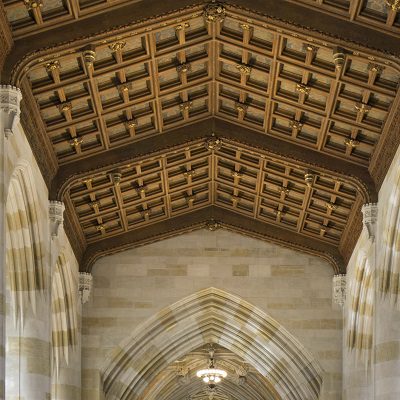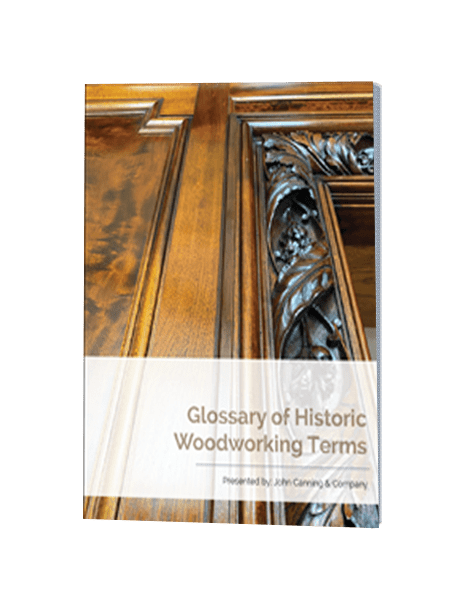There are many factors that affect wood’s ability to function as a building material. Strength, flexibility, and endurance are key factors to take into account when determining the best type of wood for your construction project. All of these factors are affected by the wood’s density which varies a great deal among the different species. Density is an important quality which should be understood by both contractor and client before they use any type of wood for a building. Whether you are a property owner looking to have a restoration or a contractor preparing for a project, here are some important factors to keep in mind about the differences in density between the various species of wood and how they affect the building process.
What is Density and how is it Measured?
Density is the ratio of mass to the amount of space occupied. For example, because a baseball is solid and a basketball is hollow, a baseball is considered denser because it has more mass per its volume. The same method of reasoning can be used for measuring the density of wood. Measuring a piece of wood’s density is a special technique due the porosity of the material. When the wood is alive in a tree, the moisture content in the cavities of the wood is much higher than when the wood is cut down and dried. Therefore, live wood is heavier and denser than when it is used for building. To measure the density of the wood as a building material, it is necessary to measure the proportion of water weight from when the wood is full of moisture to its weight after the wood drains.
Why Does Density Matter?
The density of wood relates to a number of factors including its flexibility, strength, and susceptibility to deterioration. Denser wood provides a stronger and more durable foundation to a building and works well under constant use. However it is often difficult to build with highly dense wood due to its inflexibility and weight. Because denser woods have a lower porosity due to their compact composition, they will not take in moisture as abundantly as more porous kinds and are therefore better protected from interior decay and rotting. This being said, wood continues to fluctuate between absorbing and evaporating moisture even after it is processed as a building material. Therefore the wood’s density does not only change the scope of a building project but could greatly affect the building’s endurance years after construction. Denser wood has tight knitted filaments, allowing for the wood to keep out excess moisture and gives it flexibility to bend generously while being at low risk of snapping. However, it can be difficult to build with denser wood because the material is too hard for many regular nails and screws to penetrate its surface. All of these factors must be kept in mind when determining the process of construction and restoration.
Different Densities among Different Species
There are two general types of wood: hardwood and softwood. While there are some exceptions, it is generally the case that hardwood materials are denser than those of softwood. Softwood is used much more frequently in architecture because it is easier to install and work with while hardwood is used for more structural purposes due to its strength. Here is a list of common hard-woods and their density:
Hardwood
- Maple
Maple has a density of around 43 lb/ft³, making it a very strong material and good for utilizing in high contact areas like floors. However, its weight makes the building process more difficult.
- Walnut
Walnut has a similar density as Maple, averaging a density of around 42 lb/ft³. This material is not very flexible and relatively light. It is easier to work with than maple but its demand makes the wood an expensive option.
- Mahogany
Mahogany can have a density anywhere from 31 lb/ft³ to 53 lb/ft³ depending on its type. It has a beautiful color and is often used in luxury buildings and homes. It can take the shape of many different features but is commonly seen being used in doors and cabinetry.
- Cherry
Cherry also has a wide range of densities, starting at 43 lb/ft³ and going up to 56 lb/ft³. Its tight knit composition keeps the wood rigid, not letting natural elements change its shape or size. For this reason it is commonly used outdoors.
- Balsa
Balsa is an exception to the usual high density shared among hardwoods. It has an extremely low density, averaging around 8 lb/ft³. Although it has a soft interior, it is still strong and durable, presenting itself as a high quality building material for small items. It is not commonly used in architecture but is easy to use for less structural purposes.
Softwood
- Pine
Pine’s density fluctuates between 22 lb/ft³ and 53 lb/ft³. Due to its resistance to warping and light weight, pine is one of the most common building materials used throughout all types of construction. However, pine is usually best kept indoors due to its susceptibility to outside elements.
- Cedar
Cedar has a density of around 29 lb/ft³. The wood has a nice natural appearance and has a high tolerance in moist areas where other species of wood would deteriorate. Although it is relatively soft, it is a strong material and easy to use for construction.
- Spruce
Spruce has an average density of around 35 lb/ft³. While it is one of the denser softwoods, spruce is light and can be used for smaller, held objects. Although it can be used in both indoor and outdoor environments, it is important to treat spruce to avoid rot.
- Juniper
Juniper has an average density of 35 lb/ft³. Similar to spruce, juniper is of the denser composition for being a softwood. Its durability and rigid nature make juniper an easy material to use for building projects. It also has a natural beauty which makes it an attractive prospect for furniture wood.
Whether you are dealing with hardwood or softwood, it is important to consistently asses the material’s condition and to treat the wood accordingly. All wood, being an organic material, is prone to deterioration and should therefore be properly conserved. When conducting a wood restoration project it is imperative to seek an experienced contractor for a consultation. There are many more qualities than density which effect a species’ adequacy for building so knowledgeable conservators are vital to implementing a proper restoration.

